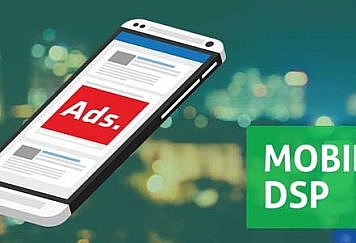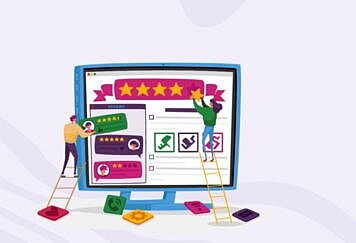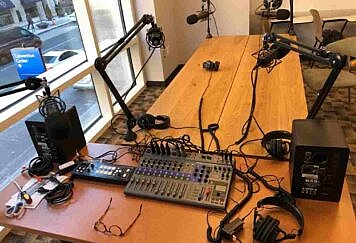When people think of healthcare, rarely do their minds conjure images of data sets, numerical figures, and analytical software. However, the truth is, in many ways, data analytics has become an integral part of healthcare and the ways healthcare leaders operate.
In fact, healthcare leaders turn to data on a regular basis for several significant reasons. Gaining an understanding of how healthcare employees utilize data can give one a more in-depth perspective on how modern healthcare organizations function and the ways that they are evolving.
Here is how a healthcare executive uses data on a day-to-day basis.
Using Data to Inform Decision-Making
For executives in any industry, making important business decisions can be a difficult and stressful process. This is especially true when executives are making decisions that, though they may have the potential to be very successful, may also have a chance of failing.
In the realm of healthcare, these decisions can be even more important as healthcare organizations are often dealing with people’s health and lives. Fortunately, there are ways to mitigate risk when it comes time for executives to make big decisions. Namely, through the utilization of data and data analysis.
By utilizing data and advanced forms of software, healthcare executives can make remarkably accurate predictions about the outcomes of certain choices. For example, let’s say a healthcare executive needed to decide if he should reduce the wages of workers to cut back on spending.
By looking at relevant data of other times when other executives have done this, the executive may be able to determine that this is a bad idea as many employees will quit, thereby actually costing more money to hire and onboard new employees.
Given the fact that healthcare executives are in charge of making many important decisions, it’s no wonder that so many rely on data-driven decision-making. As time goes on and more and more data is collected on a variety of topics, it is more than likely that this will become an even more common practice among executives in all industries.
Using Data to Understand Patients and Customers
As a healthcare executive, one is tasked with making decisions that will impact how patients experience healthcare. While some preferences may be easy to guess, such as patients preferring medical professionals to be friendly rather than rude, others may be more difficult.
For example, if a hospital was opening a new wing, a healthcare executive may have to decide whether or not to put windows in for fresh air since there is a noisy freeway right next to it. By utilizing data about patient preferences, procured through channels such as surveys and questionnaires, a health executive may discover that patients value quiet rooms far more than windows that open.
When it comes to any decision that affects patients, healthcare executives can draw upon data to test their ideas. If their ideas don’t match the patient preference data, they can avoid making unnecessary changes that upset the people that they serve. Tailoring organizational changes to the preference of customers and patients is one of the main ways that healthcare executives can utilize data analytics in healthcare.
Data Allows Healthcare Executives to Thrive
Before many varying data sets and complementary analysis software were available, healthcare executives were forced to take risks when they made decisions or changes. Today, however, this is no longer the case. These days healthcare executives have the luxury of being able to refer to data on a variety of topics to inform both their knowledge and decisions.
As data analysis technology continues to advance, it’s more than likely that utilizing data daily will become a normalized aspect of being an executive in any industry.
Follow TechStrange for more Technology, Business, and Digital Marketing News.





